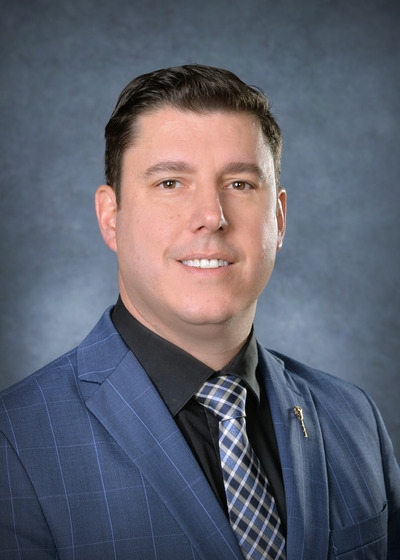Business Plan for 2025-26
The Business Plan for 2025-26 reflects the government's goals of sustaining growth and opportunities for Saskatchewan people, meeting the challenges of growth, securing a better quality of life for all Saskatchewan people and delivering responsive and responsible government.
For previous ministry plans, please visit Prior Year Plans, Reports and Guiding Documents.
Annual Reports
The ministry's 2024-25 Annual Report presents the ministry's activities and results for the fiscal year ending March 31, 2025. It reports to the public and elected officials on public commitments made and other key accomplishments in the ministry.
Previous fiscal year annual reports from the ministry can be found by visiting the Publications Centre.


